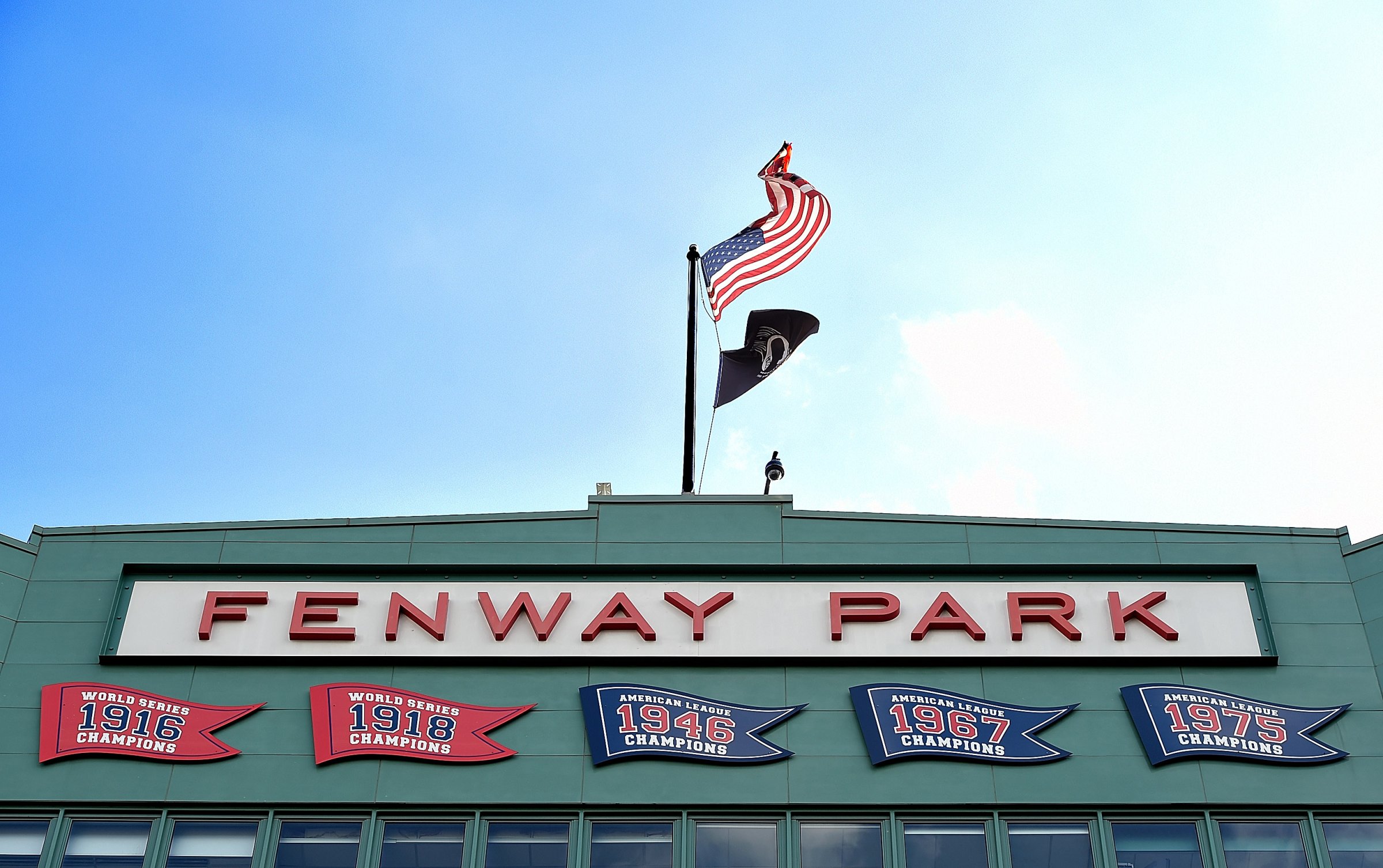
In addition to the price of a beer at Fenway Park, Bostonians—and esteemed guests of Fenway alike—now have something else to complain about: Boston has the highest rents in the country.
Here at FindTheBest, we’re on a mission to collect, structure, and connect the world’s data. Taking the most recent Five-Year American Community Survey (ACS) data released by the U.S. Census Bureau in late 2013, we set ourselves the task of determining which U.S. cities have the highest rents. Defining a high rent conservatively to be a contract rent (i.e., excluding utilities) of more than $1,500 per month, we identified where rents are more likely to take a big bite out of your paycheck.
These major U.S. cities—all with more than 500,000 residents—have the greatest proportions of high rents in the country. You can tap anywhere on the table to explore a given city in more detail.
Which U.S. Cities Have the Highest Rents? | FindTheBest
The West Coast has been supplanted in at least one regard. Although four of the five richest cities in America—and six of the top ten here—are on the West Coast, Boston has the most expensive rents. Moreover, it’s also the only East Coast city in which more than 30 percent of rents are over $1,500 (48.8 percent).
A list of the top ten cities for highest rents reads like a rap sheet of the usual suspects, with perennially expensive West Coast metropolises San Francisco, San Diego and Seattle interspersed with East Coast behemoths like Washington D.C. and New York City.
In general, cities with greater population densities tend to have higher rents, as seen in the scatter plot below. The precise reality, however, is more complicated.
Percentage of High Rents vs. Pop. Density | FindTheBest
Among the ten cities where rents are highest (again defined as the percentage of contract rents over $1,500), New York is both the most densely populated city (27,308 people/sq. mi) and the one with the highest proportion of renter-occupied dwellings (68.3 percent). Yet it’s not even in the top five for greatest proportion of rents over $1,500. Boston, on the other hand, has a 66.8 percent rental rate—the second highest on the list—along with the third-highest figure for population density (13,007 people/sq. mile). So cities with higher densities and renter occupancies tend to have higher rents, but it’s not gospel truth.
While Boston may be the most expensive place to rent based on our working definition, there’s a fair bit of nuance to the list. Denver and Baltimore, for example, have a relatively low percentage of rents over $1,500 (8.1 and 6.3 percent, respectively). In the next tier down ($1,001-$1,500), however, these two cities have percentages high enough to launch them into the top ten within that next tier (19.6 and 19.5 percent, respectively).
In fact, by adding the two rental buckets together (“$1,001-$1,500 + “$1,500+”), San Jose has the highest percentage of rents over the $1,000 mark (80.7 percent compared with Boston’s 80.5 percent). And $1,000 or more per month is nothing to scoff at.
With a mean of 12.7 percent and a median of 5.3 percent (the middle point in the data set), the percentages of rents over $1,500 are skewed upward toward Boston, San Jose, and San Francisco (the top three in that category).
Using $1,500 as a proxy for cities with the most expensive rents allows uncapped extremes to factor into the comparison. While considering the next-highest tier of rents ($1,001-$1,500) changes the picture somewhat, one thing is for sure: Boston wins out when it comes to extreme rents. And in Beantown, neither the beer nor the price of admission at a Red Sox game is cheap enough to get over that.
This article was written for TIME by Ryan Chiles of FindTheBest.
More from FindTheBest:
10 Dangerous Cities Where Violent Crime Is Going Down
More Must-Reads From TIME
- The 100 Most Influential People of 2024
- Coco Gauff Is Playing for Herself Now
- Scenes From Pro-Palestinian Encampments Across U.S. Universities
- 6 Compliments That Land Every Time
- If You're Dating Right Now , You're Brave: Column
- The AI That Could Heal a Divided Internet
- Fallout Is a Brilliant Model for the Future of Video Game Adaptations
- Want Weekly Recs on What to Watch, Read, and More? Sign Up for Worth Your Time
Contact us at letters@time.com